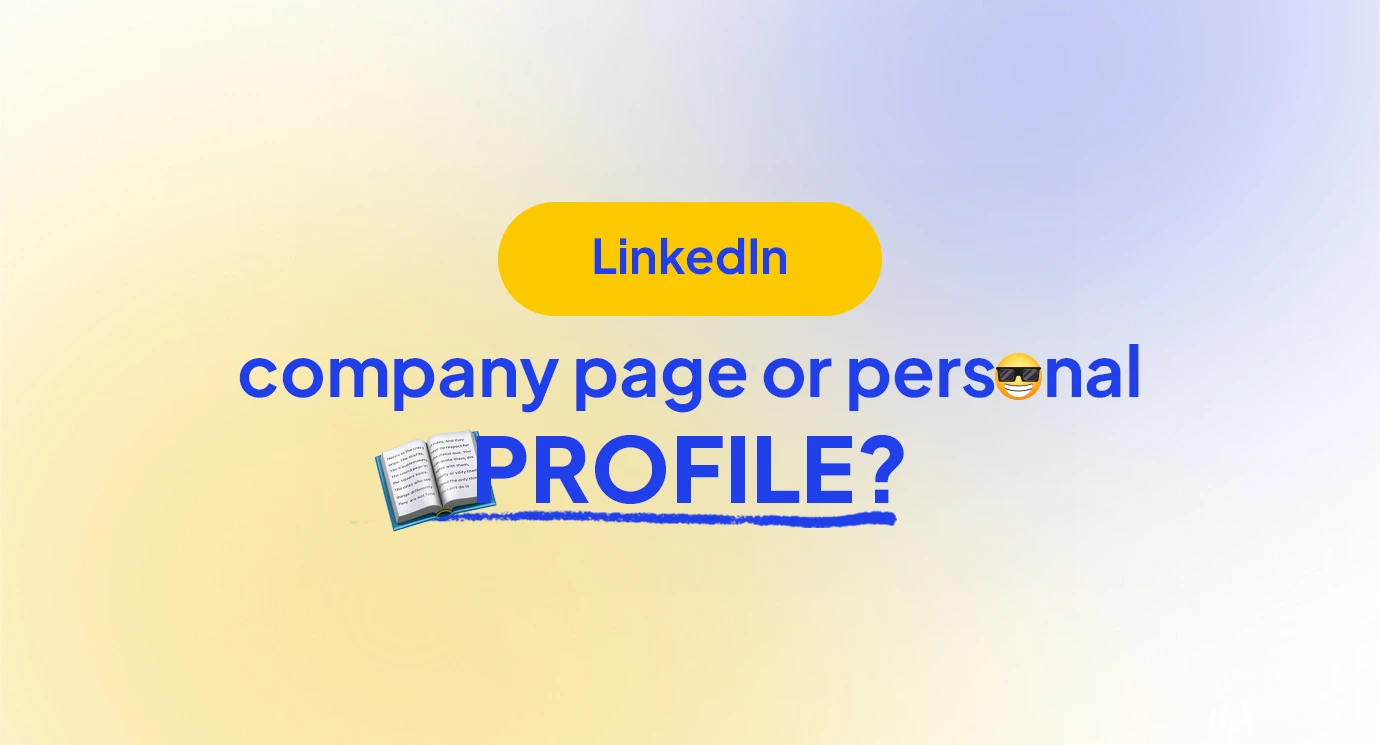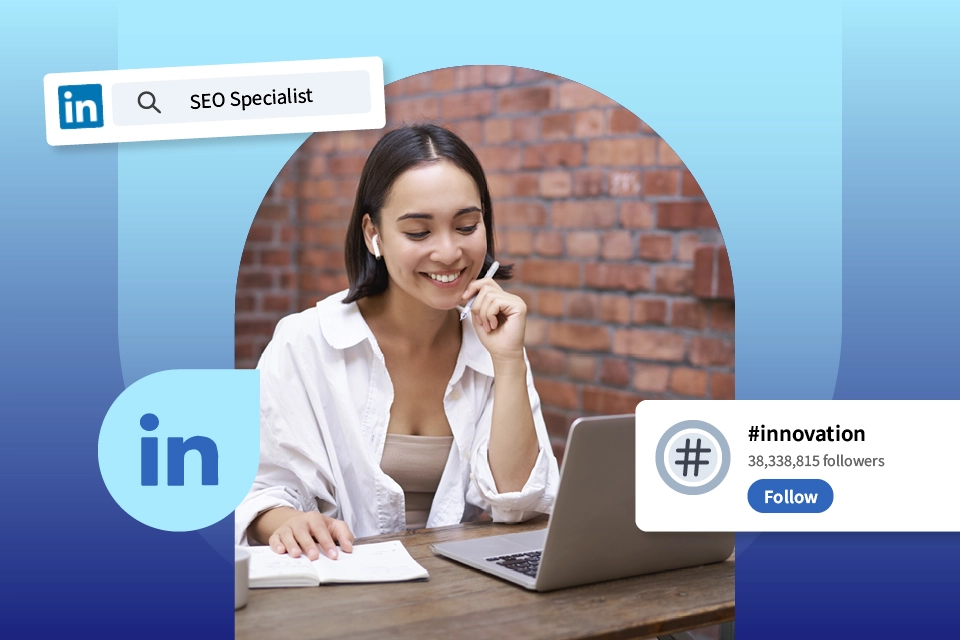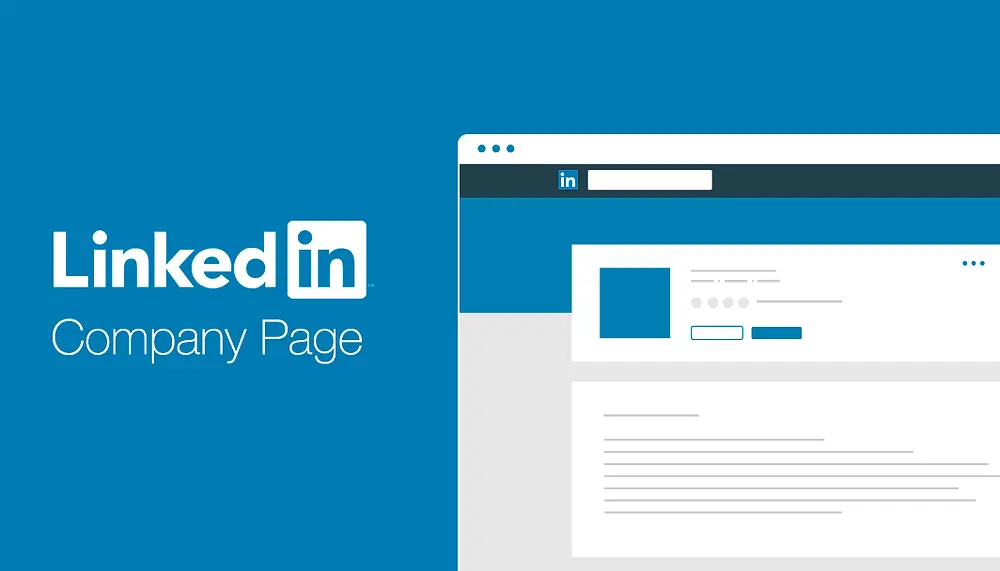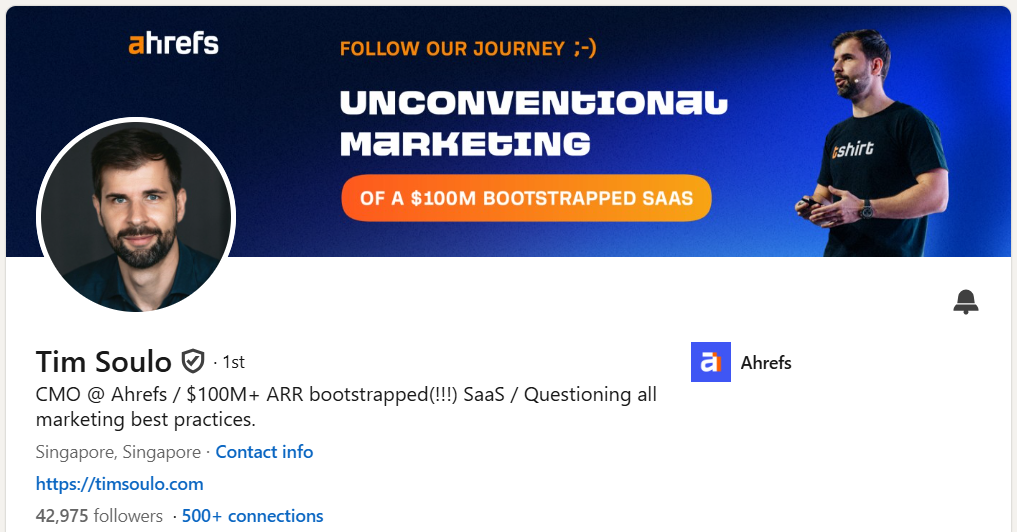How to Choose Between LinkedIn Page vs Profile?



Here’s a surprising fact – personal LinkedIn accounts get up to 8x more engagement than company pages.
One of your first big choices on LinkedIn will be between focusing on your personal profile or company page. This decision shapes how visible you become and how well you connect with others on the platform.
The numbers tell an interesting story. People share individual posts 24x more than similar company messages. Businesses gain 82% more trust when their leaders are active on social media. Yet surprisingly, less than 1% of LinkedIn’s billion-plus users post content regularly.
You might wonder where to spend your precious time – on your LinkedIn company page or personal profile? Your goals, resources, and target audience will point you toward the right answer. Personal profiles naturally reach more people, but company pages are a great way to get brand recognition and team collaboration.
This piece gives you a clear decision framework to pick what works best for you. You’ll find exactly how to make the most of your LinkedIn presence, whether you run your own business, own a small company, or work in a large organization.
LinkedIn splits its community into two main groups: members and organizations. You need to understand these basic differences to focus your efforts in the right direction.
A LinkedIn profile works as your professional landing page to manage your personal brand. It goes beyond a digital resume and shows who you are as a professional. My profile lets me highlight my experiences, achievements, and unique skills. This personal space helps me connect with others, join discussions, and build authority through content creation.
A LinkedIn Page acts as an organization’s central hub on the platform. It speaks for entire groups like businesses, schools, non-profits, or institutions—separate from the profiles of founders and employees. Pages let members discover an organization’s business, brand, products, services, and job openings. LinkedIn data shows that pages with complete information get 30% more weekly views.
Profiles and pages differ in more ways than just representation. Here are the main differences:
LinkedIn’s algorithm favors content from individuals over organizations. Employee profiles create more engagement than company pages even though they have 46% fewer followers on average. This proves that people want to interact with other people rather than brands.
These two types of presence serve different purposes but work well together. Success comes from knowing how to utilize each one based on your goals.

The choice between a LinkedIn page and profile depends on your professional goals. These factors will help you make the right decision.
Your decision should match what you want to achieve. LinkedIn serves multiple purposes, including:
LinkedIn profiles are better at personal networking and relationship building, so they provide stronger platforms for individual authority. Company pages work better to support broader organizational goals like recruitment and brand awareness.
People who see your content naturally without paid promotion represent organic reach, while paid reach needs financial investment to boost visibility.
Personal profiles get much higher organic reach naturally [link_1]. Businesses that need quick results can use paid promotion through company pages for precise targeting. Many successful strategies use personal profiles to get organic engagement and company pages for targeted paid promotion.
Each option offers different ways to communicate. Personal profiles let you message 1st-degree connections for free. You’ll need Premium membership for InMail credits or an introduction to message people outside your network.
Company pages can’t start conversations until someone messages them first, which limits your outreach options. But larger organizations can benefit from features like TeamLink. This tool expands network reach by showing when your team members connect with potential leads.
Solopreneurs whose businesses reflect their identities (like “Jane Doe Consulting”) should focus on personal profiles. This approach makes sense because promoting yourself directly helps grow your business.
Organizations need company pages more as they grow beyond the founder. Most startups begin with personal profiles and move toward company pages as they add employees. This change shows how brand identity grows beyond individual founders.
These factors will help you decide where to start and how your LinkedIn strategy can grow with your business.

Your specific business context determines the right LinkedIn presence. Let’s get into the best scenarios for each option based on your business size and goals.
Personal profiles work best if you want to build relationships and involve people directly. They’re perfect for intellectual influence since content gets twice as many click-throughs when individuals post it compared to companies. You can send direct messages, request connections, and join industry discussions through personal profiles – features that pages can’t offer.
Company pages excel at building brand credibility, recruiting talent, and running paid ads. They act as digital storefronts where potential clients research your business. Pages with complete information get 30% more weekly views, which makes them vital for building your organization’s authority. Only company pages can run LinkedIn advertising campaigns to generate targeted leads.
Personal profiles generate better results for solopreneurs. Marketing experts say, “If you’re an entrepreneur, consultant, or industry expert looking to build credibility and grow your network, your Personal Profile is your biggest asset”. A simple company page still adds value for brand legitimacy and future growth.
Small businesses with fewer than 10 employees should focus on personal profiles while keeping a simple company page. Team members can build their personal brands through profiles and share content between personal and company pages. This approach maximizes organic reach and establishes company credibility.
Large organizations use both options strategically. They use company pages to build their brand, recruit talent, and advertise while their executives build intellectual influence through personal profiles. Employee networks have 10 times more connections than company followers on average, which makes employee advocacy vital to expanding reach.

A successful LinkedIn strategy makes use of both personal profiles and company pages at the same time. The best results come from organizations that combine these approaches to maximize their visibility and reach.
Personal profiles build trust through authentic content naturally. Your profile needs to highlight your industry knowledge by sharing experiences and views. People click on content from individuals twice as often compared to similar posts from companies. You can become a recognized expert by consistently sharing valuable insights that show your knowledge and help solve your audience’s challenges.
Company pages act as central hubs that showcase organizational identity and attract talent. Pages with complete information get 30% more weekly views. Your job postings receive at least one view each time an employee shares content. Companies with socially active employees attract top talent 58% more often and keep them 20% longer.
Your reach grows when you strategically cross-post between profiles and pages. Page admins can easily repost content from personal profiles. This approach extends visibility while keeping messages consistent across channels. Add your personal view when resharing to make the content more meaningful.
An employee’s network typically has 10x more connections than their company’s follower count. People trust information from employees three times more than from CEOs. Employees feel 27% more optimistic about their company’s future when they are socially active. A content library of shareable posts helps boost morale and visibility, especially when you publicly recognize employee achievements.
Your specific goals and business context will determine the best choice between a LinkedIn personal profile and company page. Personal profiles excel at relationship building and authority, and company pages are a chance to build your brand and recruit talent.
Personal profiles achieve higher engagement rates and organic reach without doubt. In spite of that, company pages provide credibility and advertising capabilities that profiles can’t match. The most effective LinkedIn strategies use both approaches instead of picking just one.
Small teams and solopreneurs should focus on personal profiles, but a simple company page helps establish legitimacy. Larger organizations need resilient company pages while their executives build authority through personal profiles.
People connect with people, not logos – this simple truth explains why employee advocacy programs create such powerful results. Your employees’ combined networks reach way beyond the reach and influence of your company page followers.
What’s the main takeaway? Be clear about your LinkedIn objectives first. Create a strategy that uses the best of both profiles and pages. Most businesses start with personal profiles and their focus naturally changes toward company pages as they grow.
LinkedIn gives you powerful tools to build authority, generate leads, or recruit talent. The platform values authenticity and consistent engagement whatever approach you select. Your understanding of these differences and strategic options will help you invest your LinkedIn efforts where they matter most.
Understanding the strategic differences between LinkedIn profiles and company pages is crucial for maximizing your professional presence and achieving your business objectives on the platform.
• Personal profiles generate 8x more engagement and 2.75x more impressions than company pages, making them ideal for thought leadership and relationship building.
• Company pages excel at brand credibility, recruitment, and paid advertising capabilities that personal profiles cannot access.
• Solopreneurs and small teams should focus primarily on personal profiles while maintaining a basic company page for legitimacy.
• The most effective strategy combines both approaches: use personal profiles for authentic engagement and company pages for organizational credibility.
• Employee advocacy amplifies reach significantly, as employee networks have 10x more connections than company followers on average.
The optimal LinkedIn strategy isn’t choosing one over the other—it’s strategically leveraging both to create a comprehensive professional presence that builds trust, expands reach, and drives meaningful business results.
Q1. What are the main differences between a LinkedIn profile and a company page? A LinkedIn profile is for individuals to showcase their professional identity, while a company page represents an organization. Profiles can connect with individuals and send direct messages, whereas pages attract followers and offer advertising capabilities.
Q2. How do I decide whether to focus on my personal profile or company page? Consider your primary goals on LinkedIn. If you’re aiming for thought leadership and personal networking, focus on your profile. If your objectives include brand awareness, recruitment, and paid advertising, prioritize your company page. Many successful strategies utilize both.
Q3. Can I have both a personal profile and a company page on LinkedIn? Yes, you can and should have both. Personal profiles are great for building relationships and sharing thought leadership content, while company pages establish brand credibility and support recruitment efforts. Using both strategically can maximize your LinkedIn presence.
Q4. Which option generates more engagement on LinkedIn? Personal profiles typically generate significantly more engagement than company pages. Content shared by individuals gets reshared 24 times more often than identical messages posted by company pages, and personal profiles drive 2.75 times more impressions.
Q5. How can I leverage both my profile and company page for maximum impact? Use your personal profile for thought leadership and networking. Utilize your company page for brand credibility and hiring. Cross-promote content between your profile and page, and encourage employee advocacy by having team members share company content on their personal profiles.
Subscribe to our newsletter for the latest tips and success stories from the B2B industry!